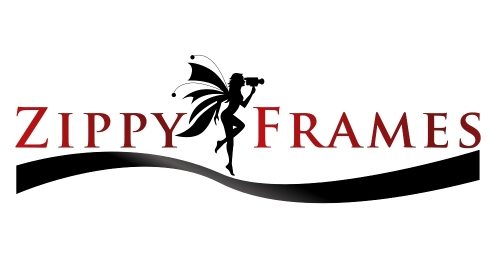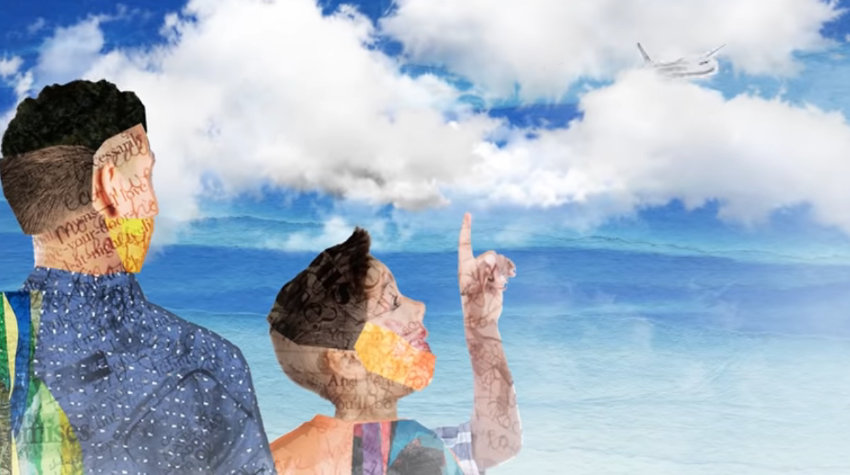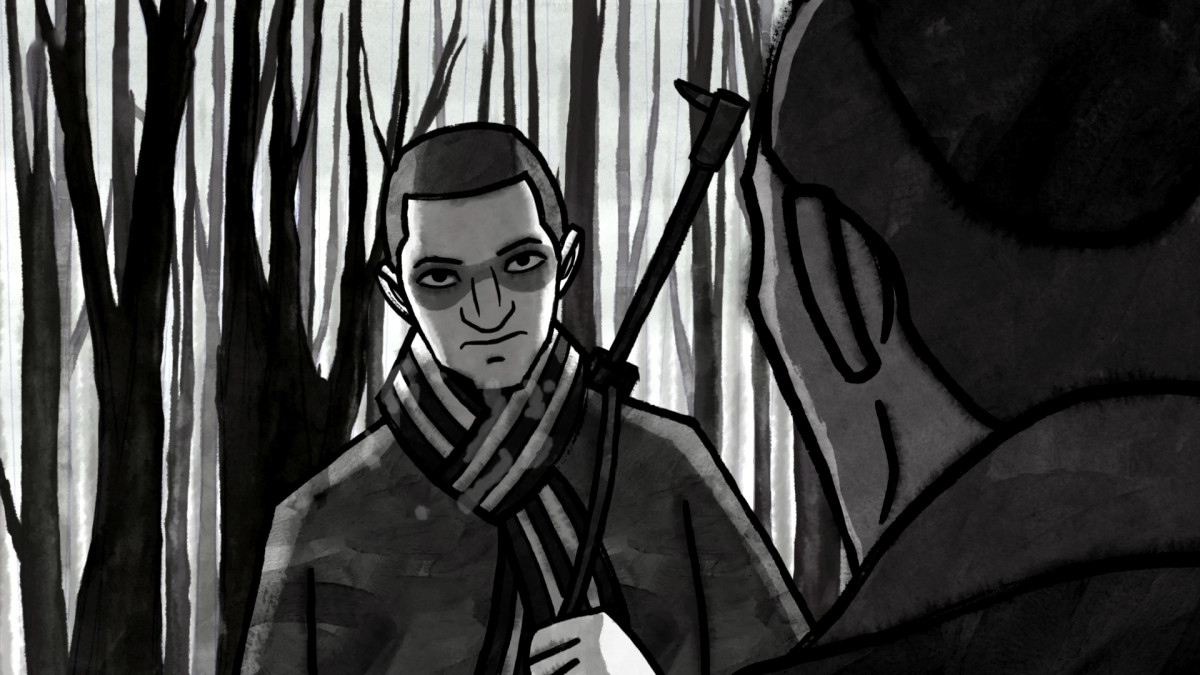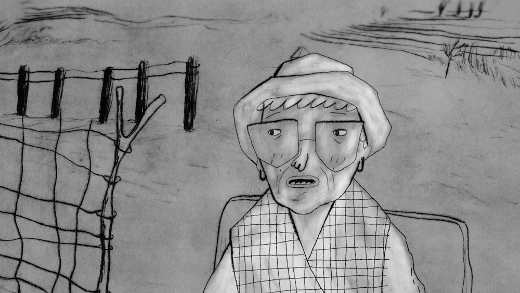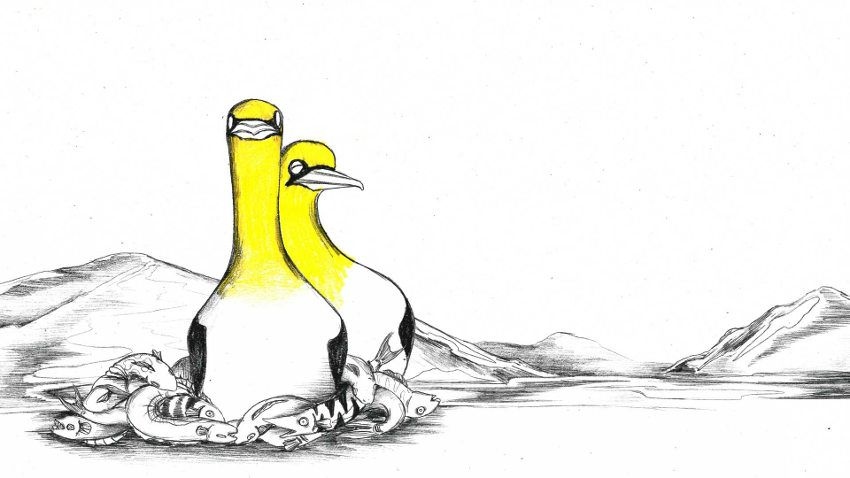Political Animation: When Trauma Becomes a Trend
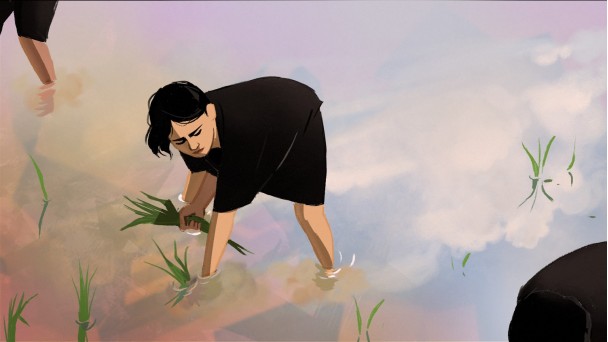
It seems that it all started with the 2007 feature film Persepolis by Marjane Satrapi and Vincent Paronnaud, which narrates the adventures of a teenager during the Iranian Revolution. Not that animation has historically limited itself to family-friendly features (the tradition of European auteurs such as Raoul Servais, Bruno Bozzetto, Michael Dudok de Wit, Barry Purves) shows otherwise.
But Persepolis was a highly popular feature film, whose Cannes opening led to its Oscar nomination for Best Animated Feature one year later (it lost to Pixar's Ratatouille).
Ari Folman's Waltz with Bashir followed the next year, detailing the autobiographical quest of its director to recover his lost memories during the first Lebanon War. The haunting imagery and animation by Yoni Goodman and David Polonsky almost led the film to follow the same trajectory from its Cannes presence to Academy Award nominations.
Yet the unease of the Animation branch of the Academy to accept such a different piece of animation led the producers to submit (and eventually secure a nomination nod) in the foreign language film category (the winner was the Japanese Departures by Yojiro Takita).
These two precursors appear to have paved the way for more audacious features involving politics, particularly within the European context. Anca Damian's Crulic (2011), the documentary-animation film about a Romanian prisoner on a hunger strike in Kraków in 2007, is both engaging and relentlessly alive at the same time [review].
A Romanian-Polish co-production, which won the Cristal d'Annecy in 2012, the film constantly breaks the barrier between animation and live-action.
The Belgian/French production Approved for Adoption (Couleur de peau: miel, 2012) by Jung and Laurent Boileau [review] returns to safer ground, having a child immigrant as the main character. Yet, the Korean war and the process of adoption of the cartoonist Yung by a Belgian family are far away from being cute and sentimental.
The autobiographical mode and a distinct graphic style which is not easily reducible to familiar 3d computer animation (even when 3d is used) are the preferred means for directors to emphasize a distinct piece of political history.
And this is something relatively unexplored in US animated features, including the independent sector, where directors prefer more symbolically charged but not explicitly political films. This applies, for instance, to Bill Plympton's Idiots and Angels or Don Hertzfeldt's It's Such A Beautiful Day feature.
2 current films in production explore uncharted territory in animation: Young Perez by Franck van Leeuwen and Jean-Jacques Kahn (production: Explicit Films) tells the tragic fate of the Jewish kid, Victor Perez.
Perez won the world championship boxing contest in 1931, at the age of 13, but had an Auschwitz fate in WWII.
Funan by Denis Do is a semi-autobiographical French film that tells the story of a woman during the Khmer Rouge regime in Kambodia [interview at Zippy Frames]. A transnational film (already pitched at Annecy Creative Focus), Funan attempts a deep dive into war memories and parts of history usually forgotten.
Animated political features seem to be guided by the notion of trauma: some things are too cruel to remember, but too apposite to animate.
The recently Annecy-awarded Rio 2096 (2013, dir. Luiz Bolognesi) spans its history up to 1500, when the country was discovered by Portuguese explorers, to tell the story of a couple over six centuries.
Not the ones that will garner the most publicity (this still belongs to major US studios), yet all these political features constitute a distinct and dynamic trend within animation feature production.
International festivals (such as Cannes and Annecy) still play a paramount role in communicating the very existence of these films to respective audiences, even at the level of pre-production.
This kind of development in animated feature production, which addresses challenging issues in an engaging mode and style outside the mainstream buzz, is certainly interesting to watch.
Vassilis Kroustallis
